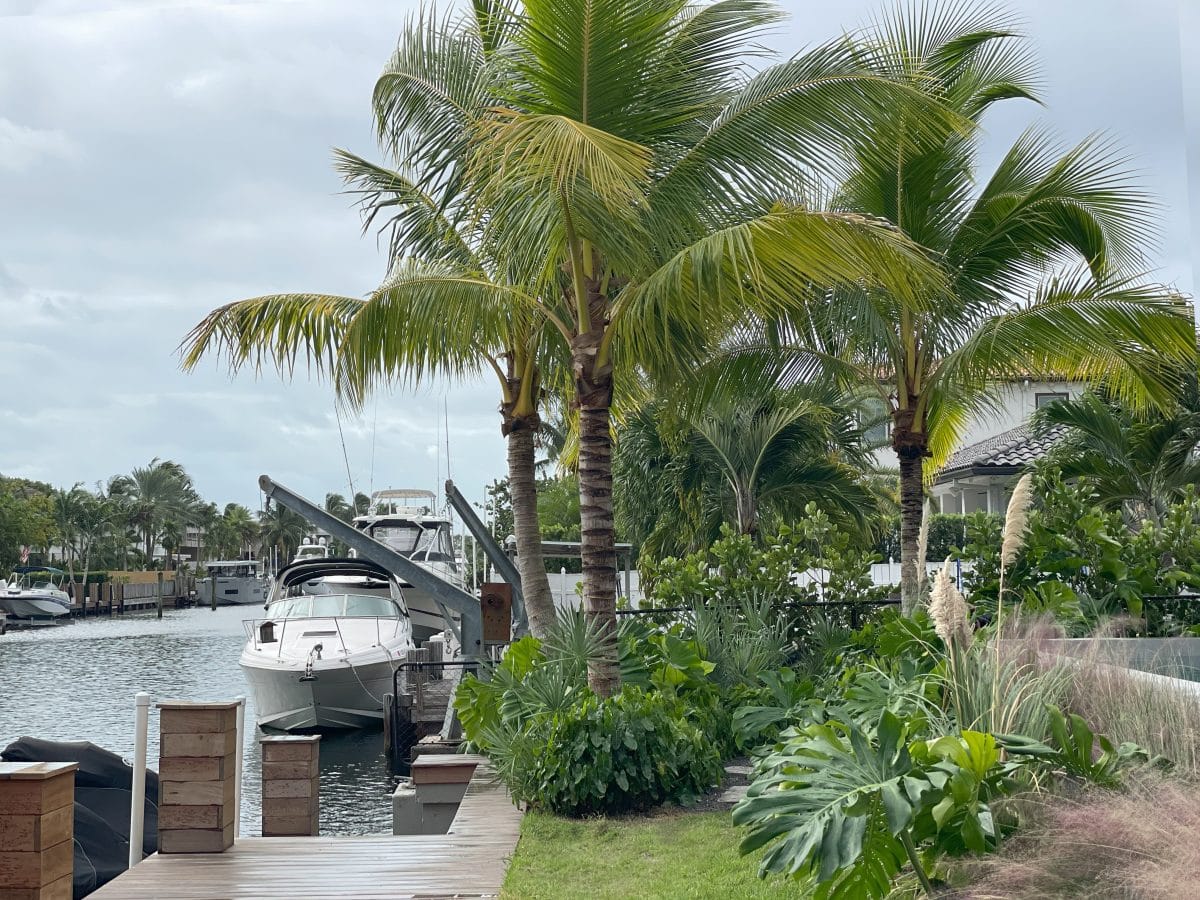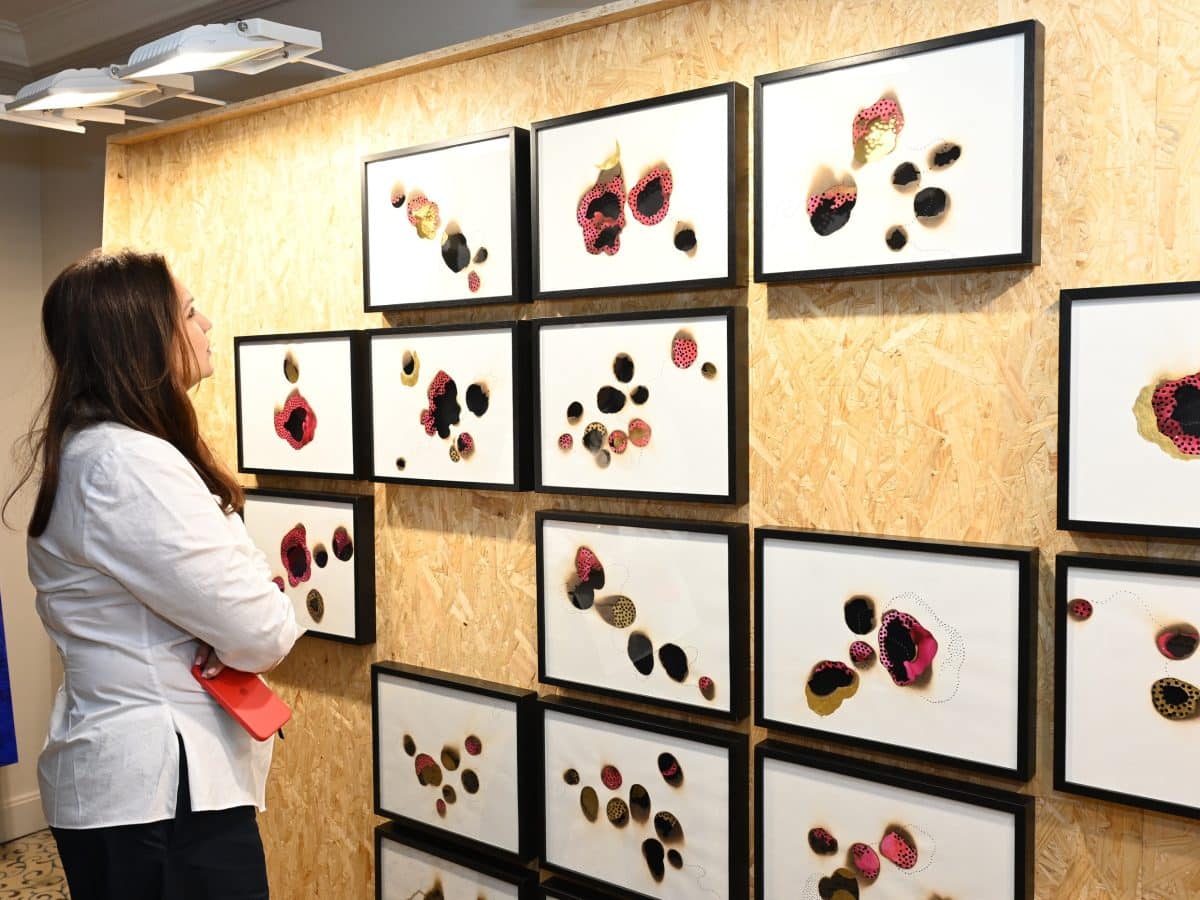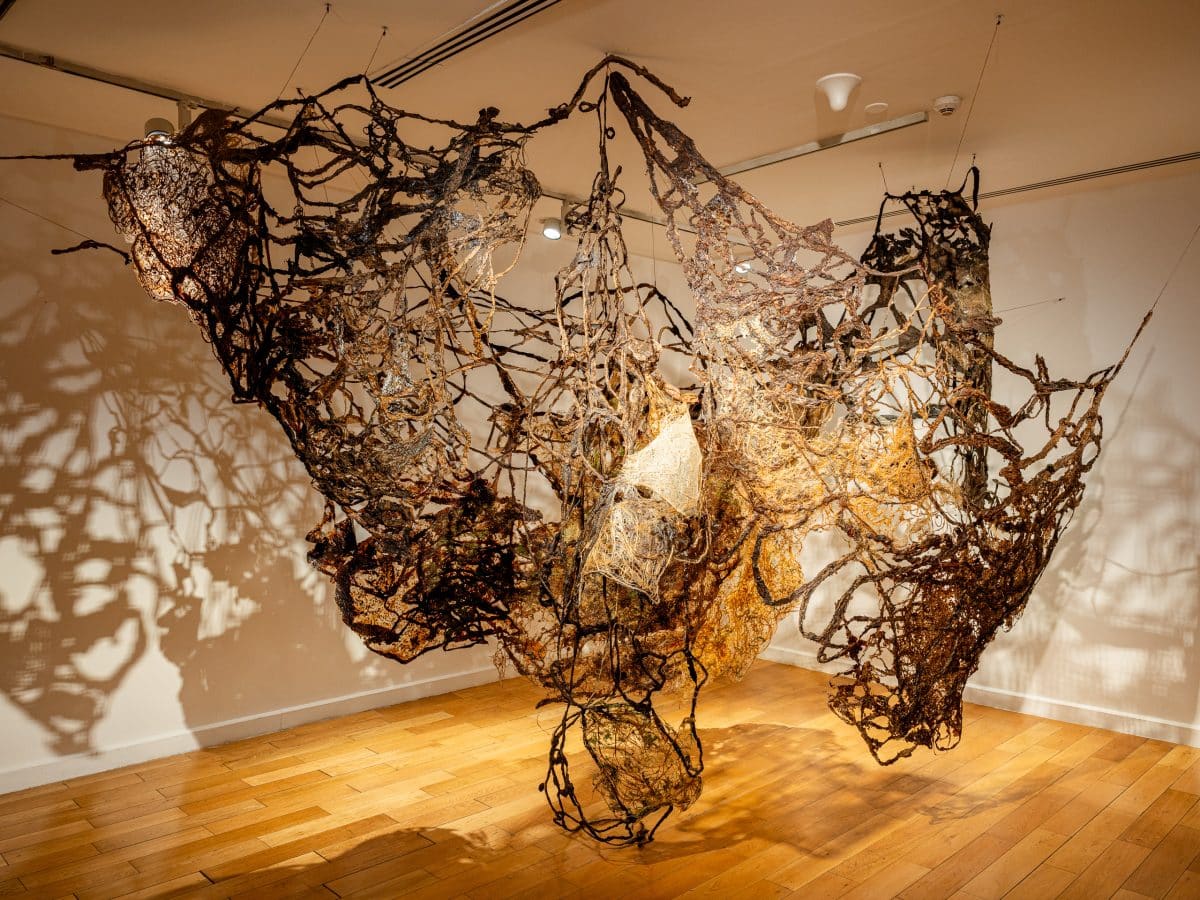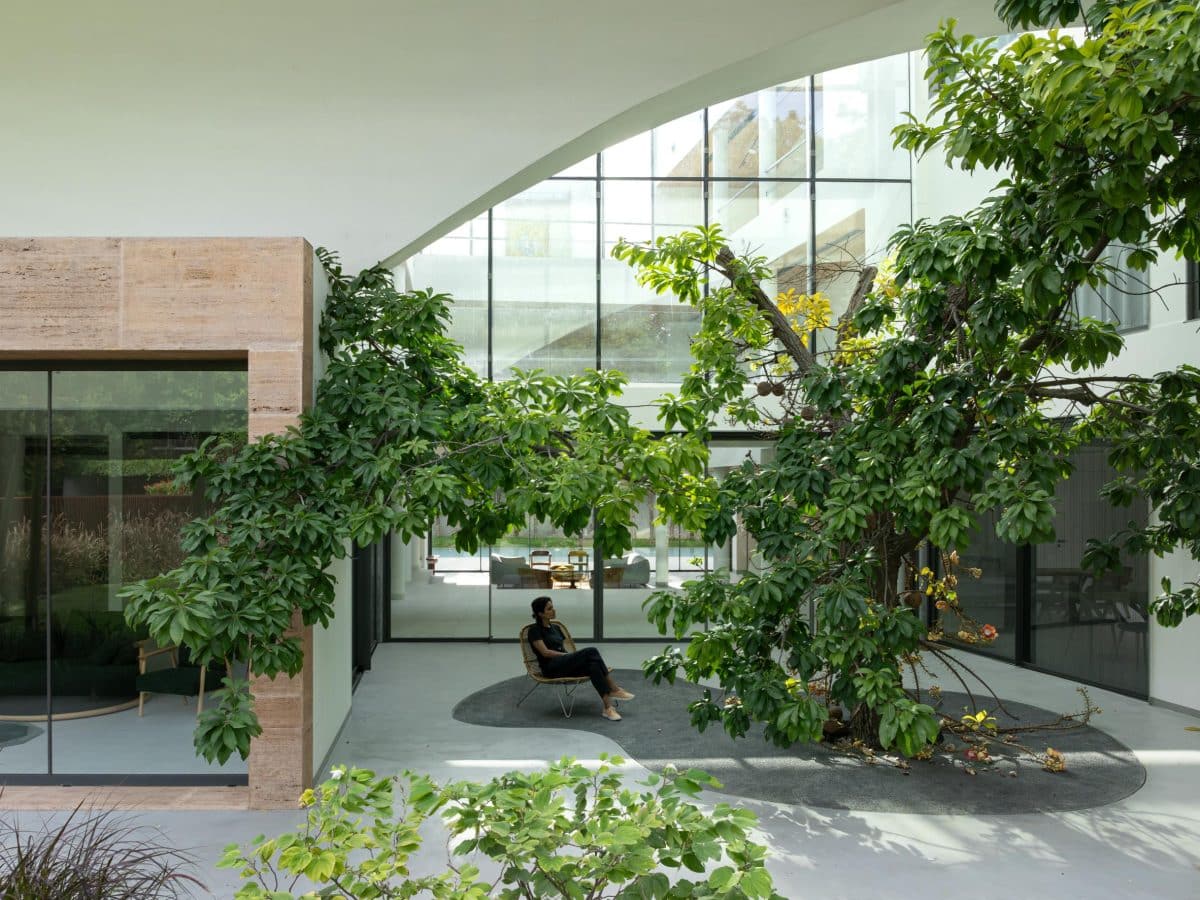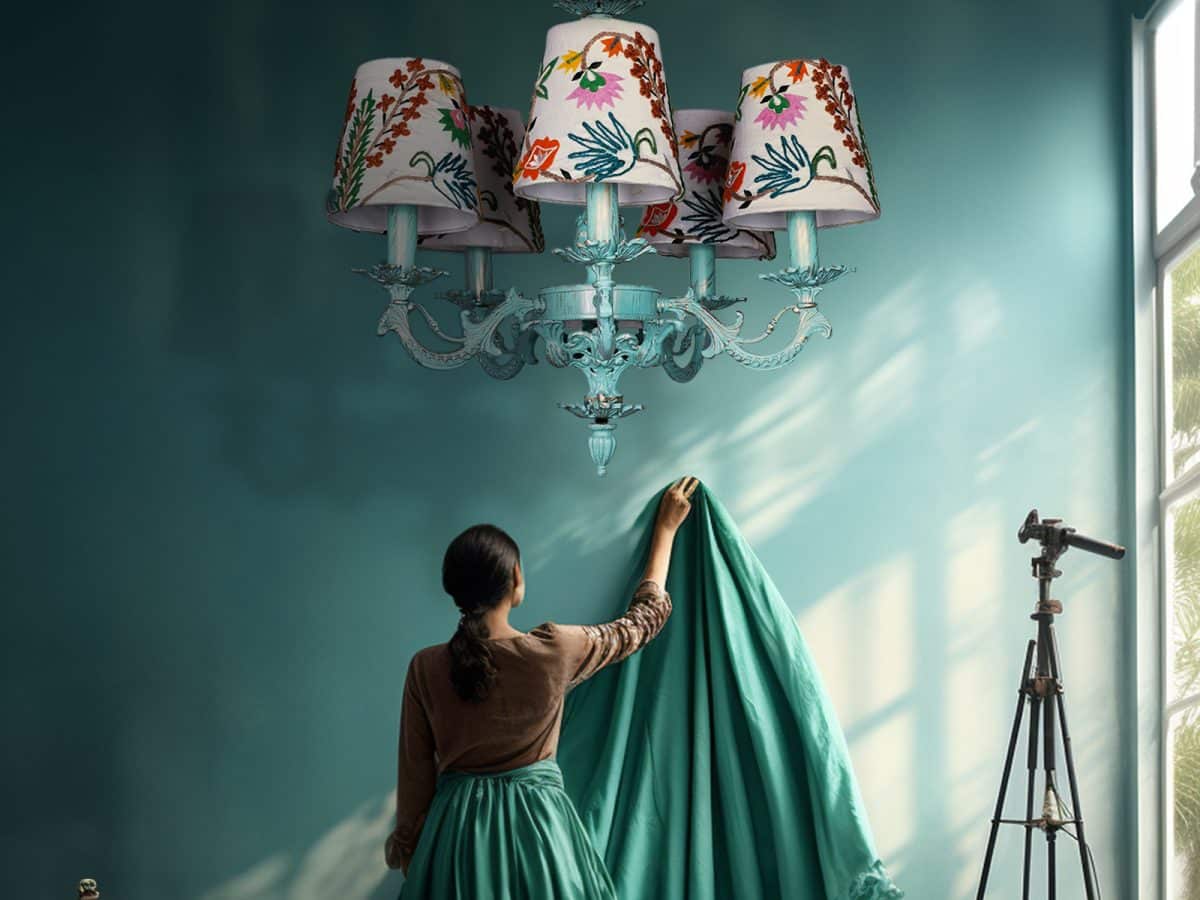Can you share a brief overview of your journey as a landscape architect and how you entered the field?
Growing up in the bustling metropolitan city of Delhi, amidst the urban chaos, I eagerly anticipated my summer breaks for visits to my grandparents’ farm in a village in West Bengal, India. The memory of this place- the blurred skylines, the densely planted almost untouched pieces of land, the rustic borderless charm of the village, and the joy of watching children swing from banyan roots and dive straight into the pond- have left a deep imprint on me, with a nostalgia that has stayed after all these years.
As I grew up, I began questioning the dry, resource-deprived urban environments and big cities that housed millions, and yet lacked the primary essence of authentic liveability, which is the organic connection to nature. Coming from a family of doctors, engineers, and mathematicians, in high school I was preparing to pursue engineering. I received merit scholarships, represented my school in Maths olympiads, Science Talent Searches and Coding events but felt a constant longing for creative expression. This led me to pivot towards architecture which was the perfect balance of divergent and convergent thinking. While practicing in Delhi as an architect with renowned designers, I realized my predilection towards ecological processes. Driven by a desire for a fulfilling creative channel and serving the needs of the environment through design I specialized in Landscape Architecture. Now, the realm of design serves as my canvas, enabling me to seamlessly blend art, functionality, and innovation to create transformative experiences. Landscape design, in particular, offers an opportunity to choreograph spatial flows, enriching people’s experiences and fostering harmony with nature.
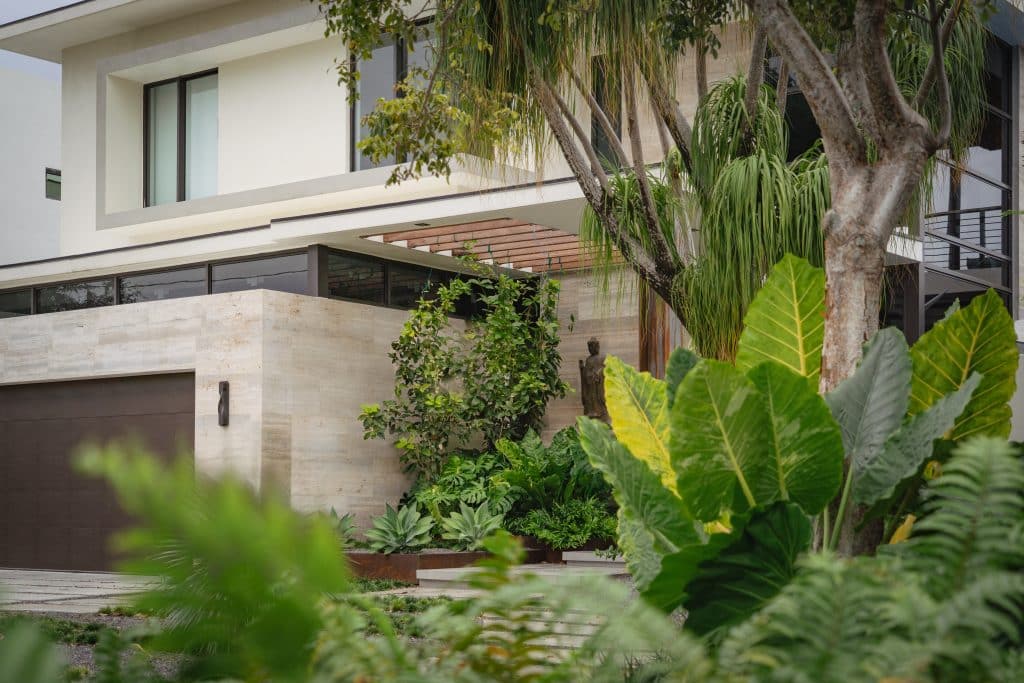
What is Studio Arth?
The ‘arth’ or ethos of our studio is to extend the realm of landscape design beyond just planting plans, and create experiences for people that are rooted in purposeful design. Designing with purpose entails more than just adhering to the principle of form following function. What distinguishes purposeful and responsible landscape design is the intangible concept of “genius loci.” Going beyond functionality and aesthetics, or physically connecting fragmented spaces, design with purpose seeks to connect with the inherent spirit of a place, enhancing its genius loci or inspiring force. A purposeful andscape design can extend beyond functional and spatial requirements by simply evoking a sense of oneness and harmony with the natural world and its ecosystem, where we humans are an integral part.
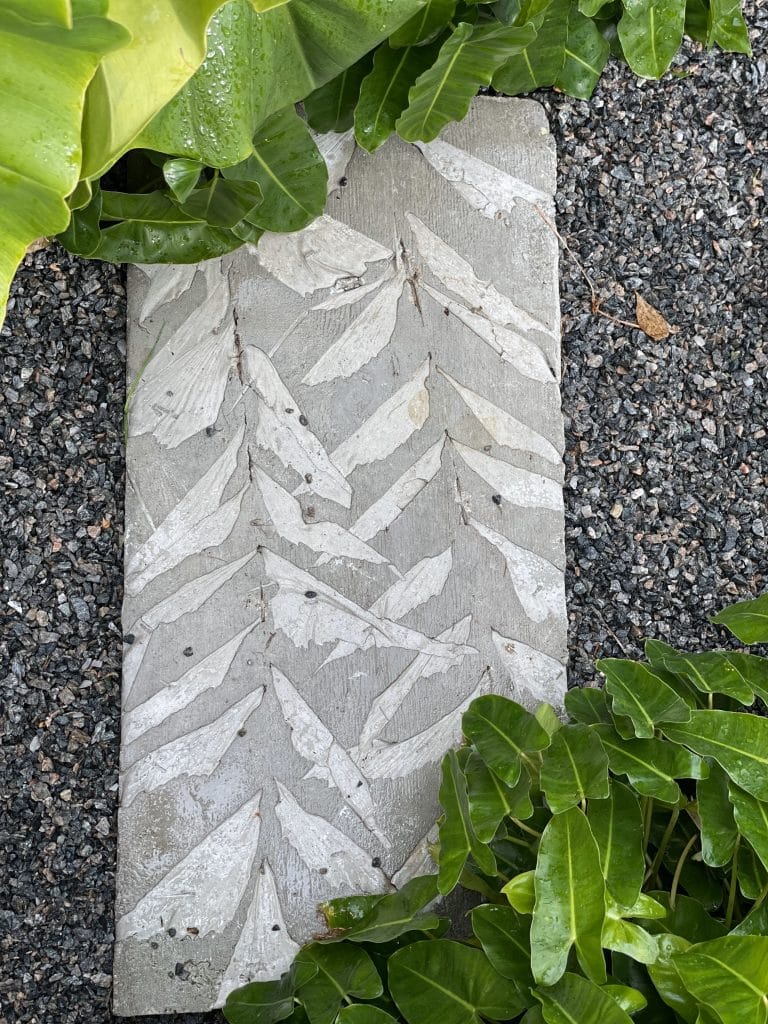
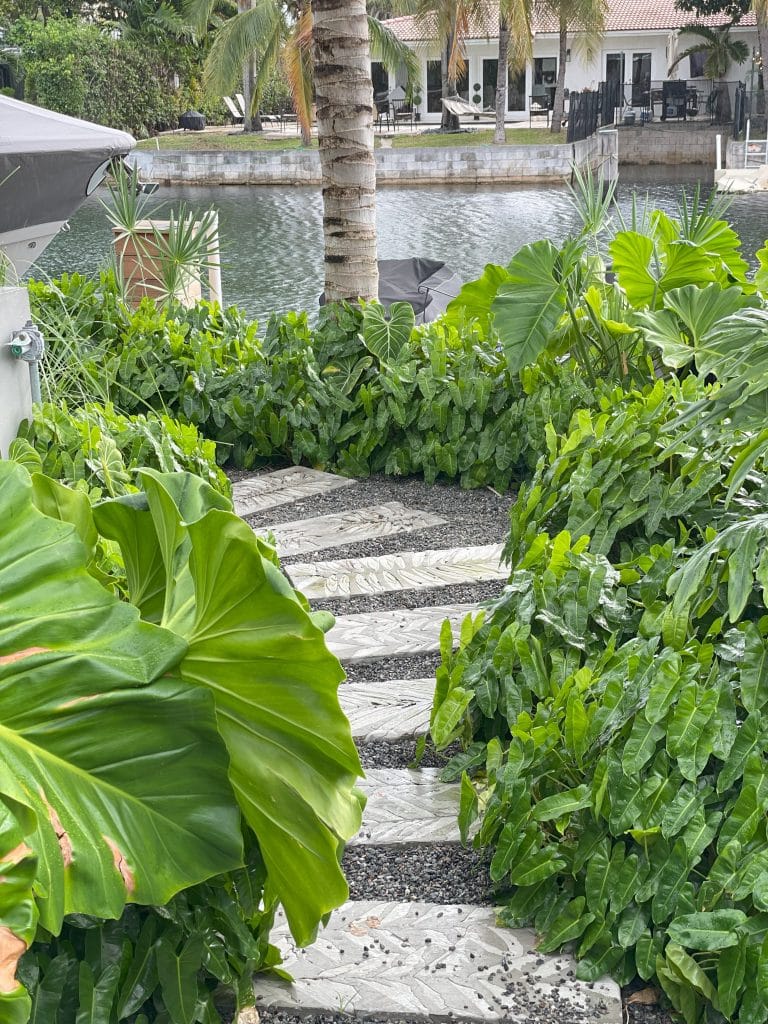
Philosophy in Design at Studio Arth
Philosophy in Landscape Design
“Arth ” encapsulates the essence of “meaning and purpose” in Sanskrit. At our studio, Arth is more than just a name—it embodies our mission to infuse the organic, resilient essence of the natural world into urban landscapes through design. Our philosophy seeks to enrich outdoor experiences, fostering a deeper connection between people and nature. By visualizing the unfolding narrative of each space and embedding them with the ecological process of the site we curate experiential environments that are purpose-driven.
Each space has an energy that resonates with it, one that is timeless. Design with purpose is beyond the sense of enclosure, the planting palette, or materials being used. Identifying and elevating the vibration of a given space is the key to designing with purpose
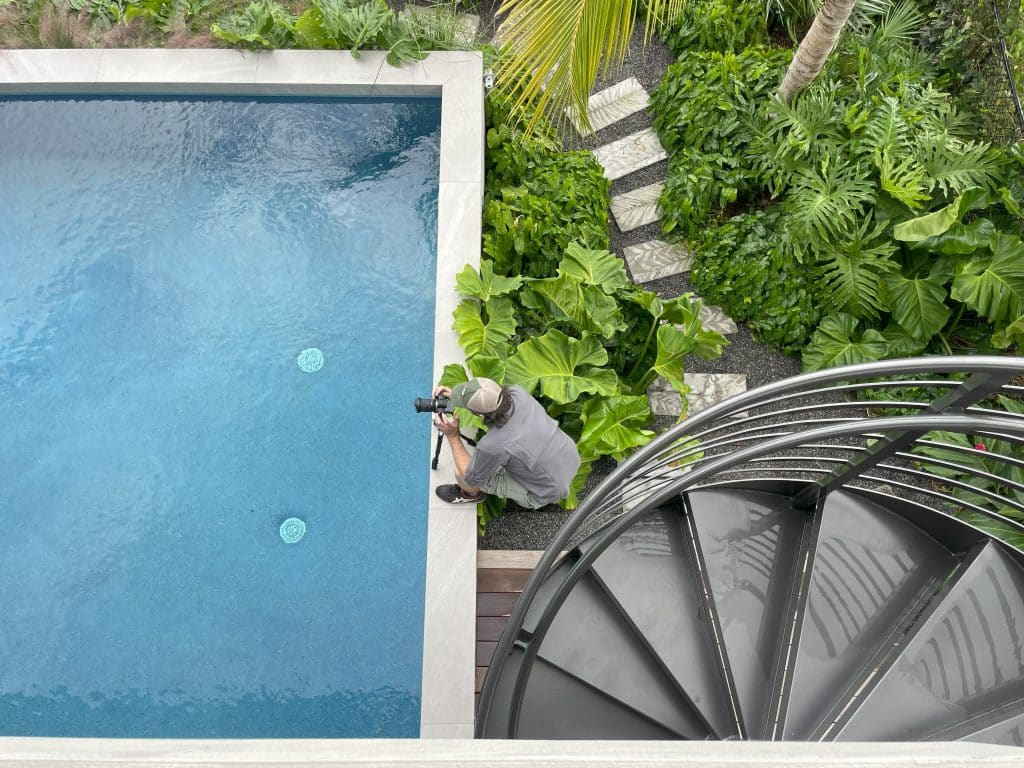
How do you balance natural elements with human-made structures in your projects?
In most of our projects, the spatial configuration is designed in a way that the natural elements integrate with the built form harmoniously while being responsive to the daily rituals and movement of the inhabitants. The landscapes we aim to craft seamlessly foster an organic relationship between nature and architecture. Our design intent is to create flows through pockets of pause points or little curated hardscape moments for seating, relaxing or just a simple place of rest along a meandering path that is interwoven with the architecture. These places become active nodes of social and cultural events or meet-ups, where natural elements like dappled sunshine, the scent of flowering plants and the vibrant animation of birds and bees are subtly integrated within inhabitants’ daily use of space.
Our focus is on engaging all the five senses through vibrant planting, calming sound of a water feature, fragrant species that provides a welcoming space while contributing to thriving ecosystems within the project.
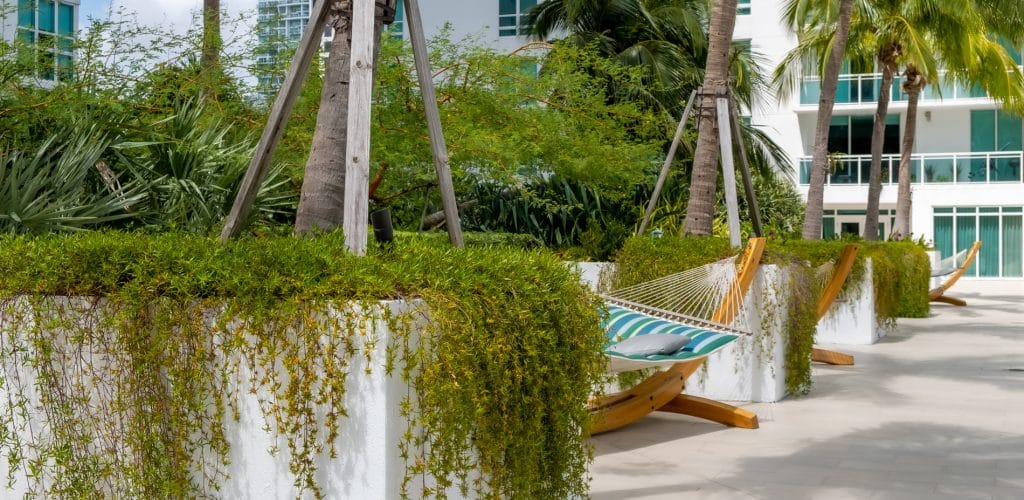
Could you highlight one or two of your most memorable or challenging landscape architecture projects and what made them stand out?
While preparing for licensure examinations, a pivotal moment in my professional journey unfolded during the aftermath of Hurricane Irma at the Plaza on Brickell. The devastation wreaked by the hurricane was massive, where lush planting areas were reduced to ruins, and specimen trees collapsed. The landscape redevelopment plan for the residential complex, proposed by board members and contractors, involved replanting the street and pool deck with smaller versions of the same species, disregarding their unsuitability for the region and perpetuating the same mistake in planting design done before. As a resident and passionate landscape architect, I offered to volunteer a design sketch for the project.
Drawing on my passion for native tropical planting design, I collaborated with the management to redesign the property’s landscape. The aim was not just to salvage but to rejuvenate—saving heavily damaged specimen trees and breathing new life into the complex. The successful transformation revitalized the Plaza on Brickell, and also contributed to the local streetscape, creating a verdant oasis in the heart of downtown Brickell, Miami. This experience laid the foundation for Studio Arth, my design practice driven by a commitment to ‘designing with a purpose,’ rooted in strong principles and ethics.
Another memorable project I worked on as a Project Architect while working with a distinguished landscape architecture firm was 1111 Lincoln Road Extension at Miami Beach, where I collaborated closely with the clients and renowned architects at Herzog and de Meuron to develop the design of the terraces that enhanced the architecture.
Assisting the design team on the NBA Sacramento Kings Stadium, Golden 1 Centre, was one of my most challenging endeavors. The team had developed an innovative paving pattern that adjusted based on usage intensity, with smaller paving grids in high-traffic areas, serving as an effective wayfinding solution. The main challenge was when we needed to adjust the pattern for the entire 20-acre site within three days to match the city’s sidewalk paver requirements. I offered to develop a code using Grasshopper and fractal plugins to automate the pattern. This solution proved successful, allowing for quick updates with a simple number slider, demonstrating the power of parametric design in landscape architecture. James, Principal of the US West Region, extended an invitation for me to lead a workshop with the entire landscape design team, focusing on the potential of parametric design in landscape architecture. The $550 million NBA basketball arena garnered acclaim and was featured in prominent publications including Curbed, Bizjournal, Clad Global, and Architect Magazine, amongst others.
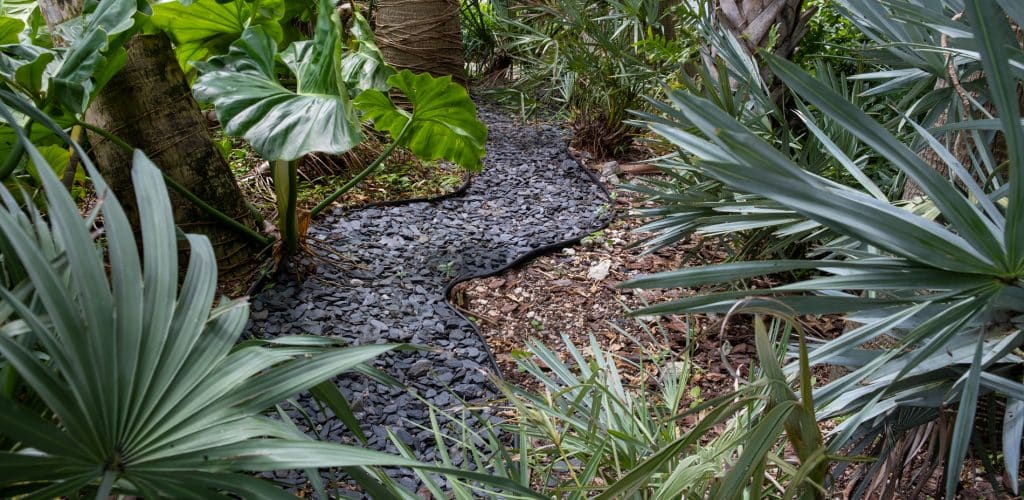
What role does client input play in shaping your landscape designs?
Client vision drives the project, they dictate preferences and requirements. It is important as a designer to understand their needs and desires, and to enable them to visualize and manifest their vision on the site. Beyond the design brief, it is vital for us to understand their rituals, their vision of their space, intended use of space over time, their taste and lifestyle. We establish a design vocabulary that aligns with their needs. While the client vision serves as a guiding force, I empower the creative process to take over and allow the design to evolve organically. Once in the flow state, it’s like curating an artistic impression of a space on a canvas with plants as colors and a touch of hardscape to add some texture. I’m fortunate to work with clients who trust my expertise, and I take pride in meeting their expectations of my canvas, enabling me to seamlessly blend art, functionality, and innovation to create transformative experiences.
A recent project exemplifies this ethos, as we embarked on creating a home nestled amidst the untouched beauty of Coconut Grove. Collaborating closely with the clients, we envisioned a house that seamlessly melded with the surrounding jungle landscape. Drawing inspiration from the pristine ecology of the site, we curated a native planting palette and incorporated natural oolitic stone to craft an organic meandering path that led to the tranquil backyard oasis. This project not only celebrates the richness of existing wealth of tree canopy on site local culture but also serves as a testament to our commitment to the clients vision and harmonizing design with the environment.
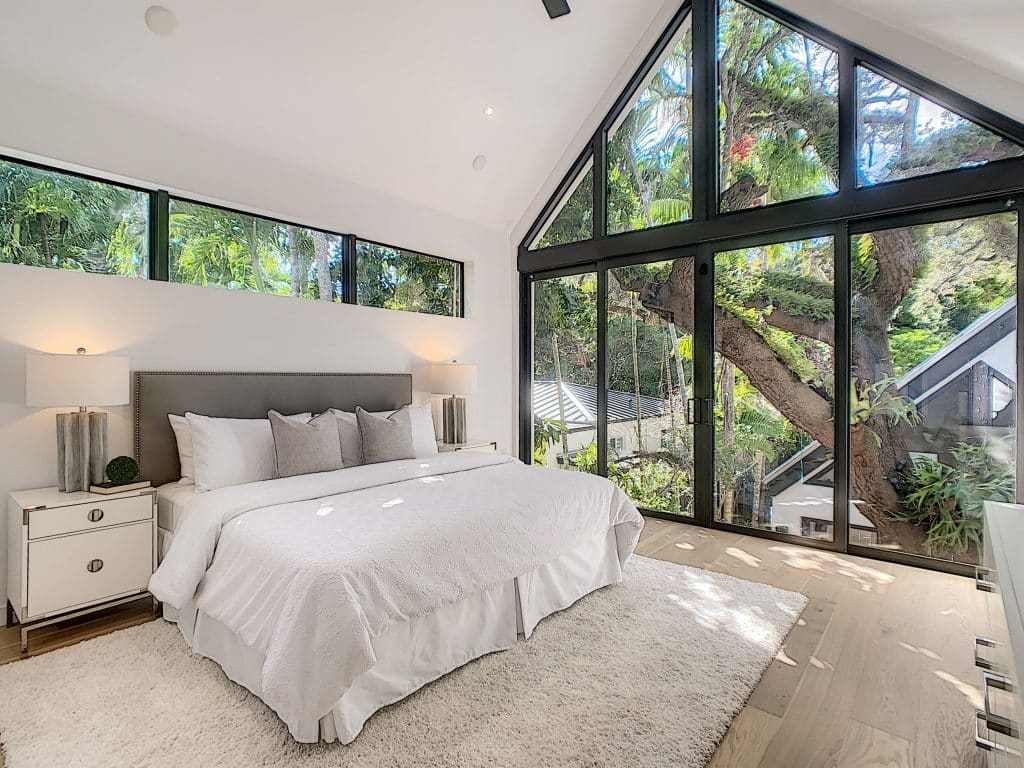
How do you collaborate with architects and other professionals to integrate landscape design seamlessly into overall architectural projects?
Collaboration and mutual understanding are crucial in the realm of design. We strive to integrate landscape with architecture in such a way that the distinction between indoors and outdoors fades away. This requires constant and honest communication and respect for each discipline. We overlay all information from various disciplines on our design sketch and then negotiate with the architects, engineers and contractors so the design ethos desired by the client is not compromised. However, coordination can often pose challenges, particularly when it involves redesigning or addressing existing utilities on-site during construction. This can be further complicated by changes in architectural footprint due to code requirements or budget limitations.
Our approach is to simplify things and mediate between disciplines; we overcome hurdles and forge ahead, united as a team. As my mentor once quoted Einstein, “Genius is making complex ideas simple, not making simple ideas complex.” For a project to come to life, it is essential to navigate through these challenges with well defined intention and simple clear communication across all sectors.
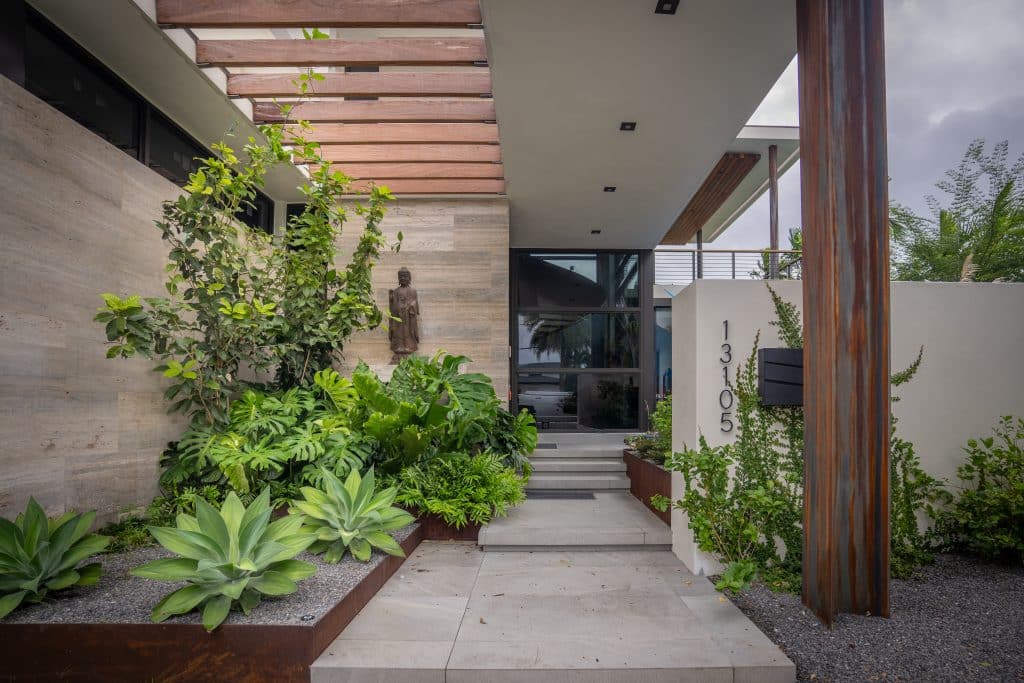
In your experience, what are some common challenges faced in landscape architecture, and how do you overcome them?
Landscape architecture comes with its share of challenges, we view each new challenge as opportunities for growth and learning. Collaboration with various skilled consultants is essential, as we navigate the complexities of merging art, technology, place making, and human psychology. Our greatest ongoing challenge is recognizing the responsibility to serve the needs of both our clients and the environment through design, amidst stringent building codes, zoning ordinances and physical limitations of certain sites. By having a clear intention that our design needs to contribute to this beautiful existence, we aim to strike a balance and delineate boundaries where these two essential responsibilities begin to conflict with each other. Through the realm of landscape design we want people to be in alignment with nature and themselves.
How does the local culture or environment influence your design choices in various projects?
In the realm of architecture and landscape architecture, the influence of local culture and environment is profound, shaping each project with its unique essence. At Studio Arth, this influence is not merely acknowledged but embraced, as we understand that design choices are intricately intertwined with the cultural fabric of a place. Our approach involves delving into the cultural norms and values of the region, allowing them to guide the design process organically. For us, each design becomes a testament to the values and ideals of the culture it represents, weaving itself into the timeline of the local community’s narrative. We also believe there is an inherent need to establish a novel vocabulary within the design realm that can revitalize the local flora, fauna, and indigenous practices. Advocating for local building practices and the use of native planting palettes, we seek to revitalize the indigenous essence of each space we design, thereby elevating the existing energy of the space.
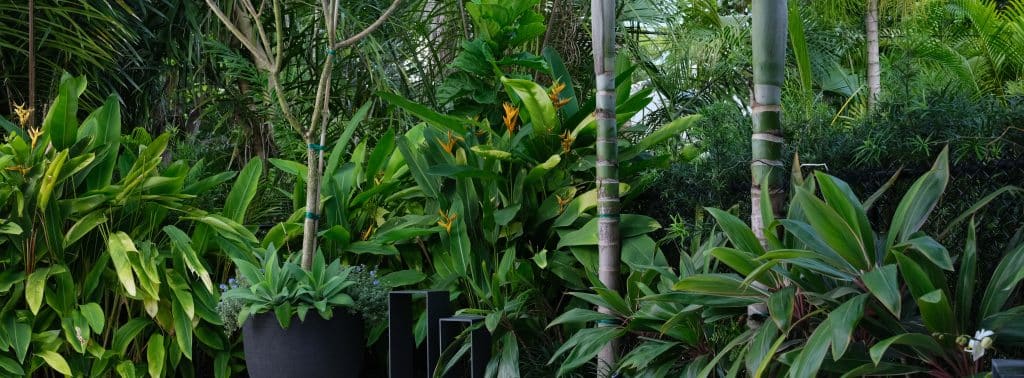
Are there specific regions or landscapes that have particularly inspired your work?
I’ve always found inspiration in the native landscapes of tropical zones, especially where the outdoors can be enjoyed year-round. There’s something magical about sitting beneath the shade of a towering tree, especially during the lush spring season when the land is teeming with fertility. The range of plants available, their textures, colors, fragrant smells and the ease with which the seeds germinate in this tropical weather is overawing. I admire the natural hammocks found in Miami, as experienced through the serene hiking trails winding through the untouched beauty of the Everglades, while the native mangrove ecology along the tranquil bay areas offer a sense of peace and harmony with nature that deeply inspires my work.
What trends do you foresee in the field of landscape architecture in the coming years?
It’s a field brimming with untapped potential, continually evolving over time. Landscape architecture’s role has transitioned from crafting form-based parks and boulevard systems for burgeoning cities in the 19th century to developing functional green spaces within the densely populated urban landscapes of the 20th century. Today, landscape architecture transcends mere form and function; it’s about bridging the gaps in fragmented natural ecosystems and integrating them into the rapid urbanization process by reconstructing ecologically vital habitat corridors crucial for our planet’s future and our very existence.
Modern landscape architects seamlessly blend scientific disciplines like ecology, natural systems engineering, and technology to cater to the design of the natural and built environment, using a combination of convergent and divergent thinking. By incorporating multiple performative layers, including soil composition, hydrological flow, and underlying geology, landscape architects can and have been spearheading large-scale land restoration endeavors. Looking ahead, they are poised to embrace regenerative design principles, crafting landscapes capable of restoring degraded ecosystems and mitigating the impacts of expedited climate change, while simultaneously creating new public spaces that heal and inspire people.
How do you leverage technology in your landscape designs?
Leveraging technology, we are seeking to simplify the process of design, saving valuable time that allows us to strive for creations with a deeper purpose. At our studio we are harnessing the power of 3D visualization, real time simulation softwares, and responsive design techniques to enhance the creative possibilities of data-driven design processes. While we utilize simulations to optimize the process of hydrological flow, wind patterns, solar paths for site analysis, we maintain a traditional approach to design, preferring hand-sketching for plans and concept renderings. There’s a timeless quality to the hand-eye coordination involved, allowing designs to flow seamlessly onto paper with a well-honed pencil.
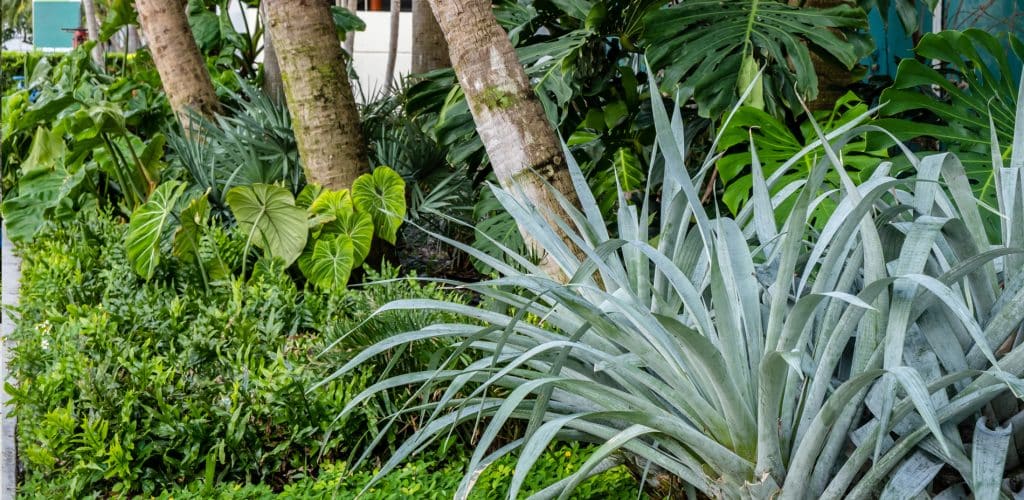
Are there any emerging technologies or design concepts that excite you? Are there any specific tools or software that you find particularly useful?
During my time at Harvard, I had the incredible chance to serve as a teaching assistant and even lead a class on computational design. Later, I conducted workshops at esteemed institutions like University of Southern California and University of Florida, aiming to introduce parametric design as a versatile tool for both analysis and creative expression in the field of landscape architecture. We enjoy experimenting with tools like Grasshopper, Heliotrope, Ladybug to manipulate geometric patterns, landscape forms, and structures based on dynamic sun paths. I believe parametric design holds immense potential for informed design by leveraging data and simulation of existing hydrological, solar, and wind patterns on a site. However, I am unenthusiastic about the dry mechanized forms parametric designs generate. I feel technology serves as a valuable framework in the design process, yet the design of the form and subtlety of place making needs an intuitive, human touch.
What advice would you give to young professionals or students aspiring to pursue a career in landscape architecture?
If you wish to serve the needs of the environment through design, landscape architecture is your platform. I strongly advocate emerging professionals in the realm of design to embark their journey by designing with awareness. The field of landscape architecture acts as a bridge between urban patterns and ecological processes especially in these unprecedented times of environmental de-regulations. There’s a pressing need for more ecologically responsive design practices. Unfortunately, due to a lack of awareness, we’ve embarked on extensive geoengineering projects that have exacerbated the effects and rhythms of natural changes in climate. It’s imperative that we acknowledge the impact of our actions on the planet and make intentional choices to align with nature and safeguard it. This responsibility is not just for the sake of the planet but for our own well-being as well.
About Rituparna Simlai:

Rituparna Simlai is the founder of Studio Arth, a distinguished boutique landscape architecture firm based in Coconut Grove, Miami. An advocate for emulating ecological processes as design principles, the Studio has established a novel vocabulary within the design realm that focuses on revitalizing the local flora, fauna and indigenous practices. What distinguishes Rituparna is her philosophy of ‘designing with purpose’, where her designs foster an inherent connection between architecture and nature. Her designs are beyond merely landscaped spaces; they are ecological havens attracting local biodiversity, while allowing people to experience being in true alignment with nature. s.
Under her leadership, Studio Arth’s portfolio boasts an array of prestigious establishments, including top-tier art centers, restaurants, and boutique residences, both in the vibrant landscapes of South Florida and the dynamic cityscape of New Delhi. In every project, no matter the context, Studio Arth aims to craft functional landscapes that evoke feelings of tranquility and are in harmony with their surroundings. In collaboration with renowned designers the studio has conducted research and analysis for ecologically restorative and socially just endeavors in diverse regions such as China, Nepal, Ethiopia and Timor-Leste.
With a Master’s degree in Landscape Architecture from Harvard University, Rituparna was honored with the Exceptional Emerging Professional Award by the Florida chapter of the American Society of Landscape Architects (ASLA). Rituparna inspires the next generation to embrace the transformative potential of design, she has served as guest lecturer and design critique at acclaimed universities . She has also served as a member of esteemed juries for professional design awards, alongside acclaimed architects from around the world. Recognized for her expertise and contributions to the field, she brings her discerning eye and wealth of knowledge to evaluate and honor exceptional design achievements on a global scale.

